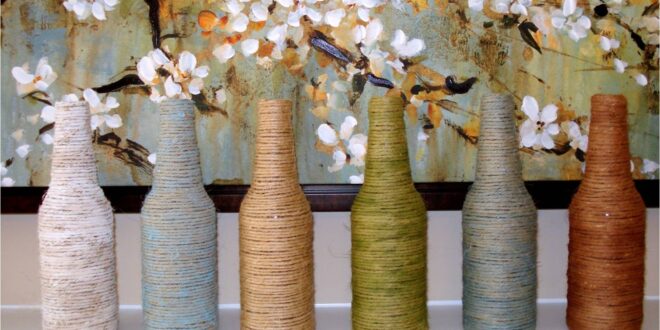Introduction: The Magic of DIY Home Decor
Let’s face it, our homes are more than just bricks and mortar; they’re reflections of our personalities, our stories, and our aspirations. But sometimes, our living spaces can feel a little…blah. Maybe they lack that spark, that personal touch that truly makes them *ours*. That’s where the magic of DIY home decor comes in! Forget generic, mass-produced items that everyone else has. DIY allows you to create unique, personalized pieces that breathe life and character into your surroundings, all while saving money and unleashing your inner artist.
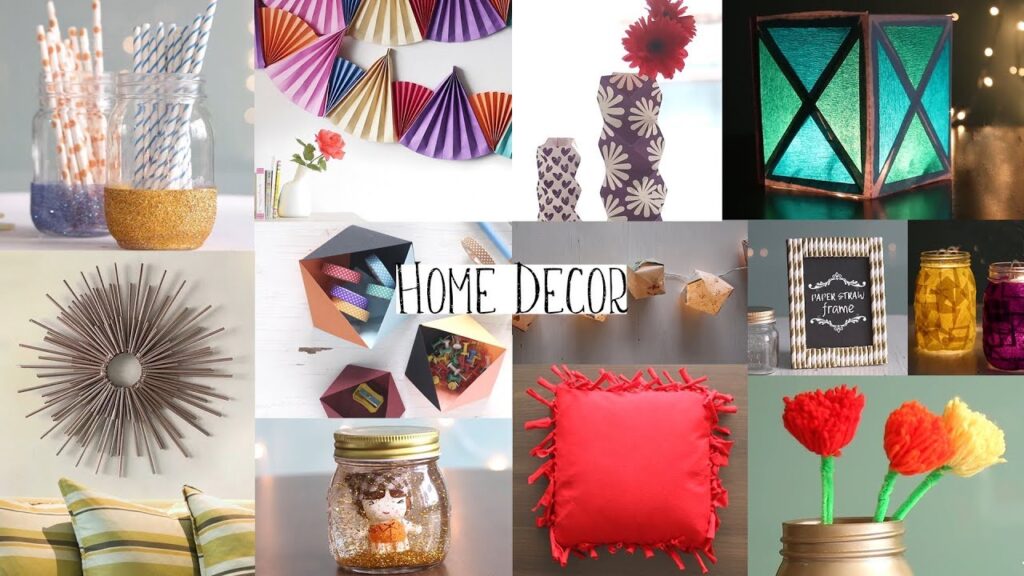
This isn’t just about crafting; it’s about crafting a home. It’s about taking pride in what you create, surrounding yourself with things you love, and expressing yourself in a tangible way. Whether you’re a seasoned crafter or a complete beginner, there’s a DIY project out there waiting for you. So, grab your tools, gather your inspiration, and let’s dive into the wonderful world of DIY home decor!
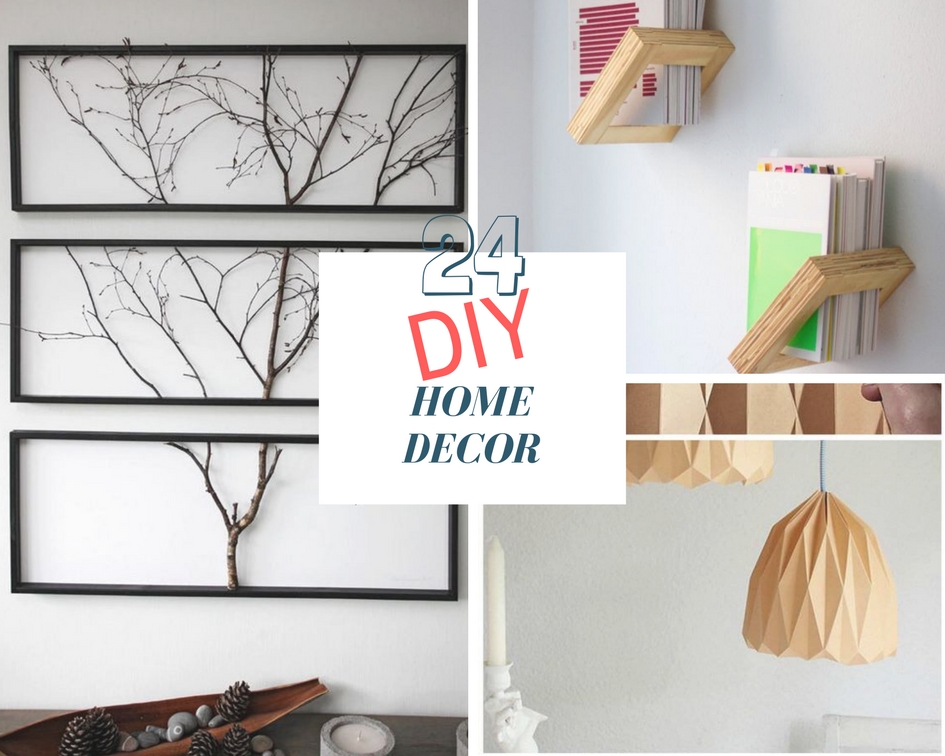
Why Choose DIY Home Decor? The Benefits are Endless!
Before we jump into specific projects, let’s explore why DIY home decor is such a fantastic choice. The benefits extend far beyond just saving money (although that’s definitely a perk!).
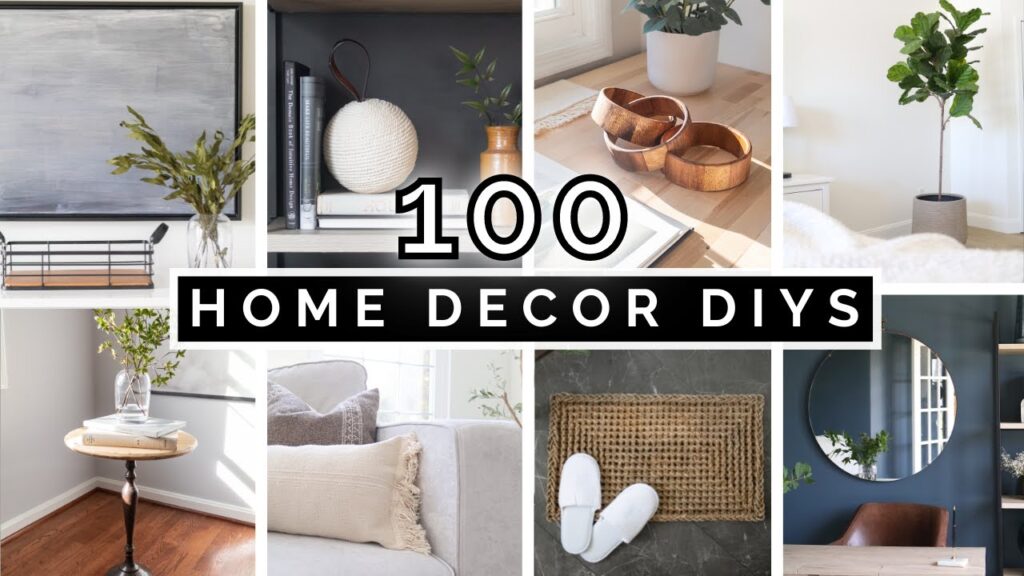
Saving Money (and Looking Good Doing It!)
Let’s be honest, decorating can be expensive! Furniture, artwork, accessories – it all adds up. DIY offers a budget-friendly alternative. You can repurpose old materials, find affordable supplies at thrift stores or craft shops, and create high-end looks for a fraction of the cost. Think designer-inspired wall art for under $20 or a stylish coffee table made from reclaimed wood. The possibilities are endless!
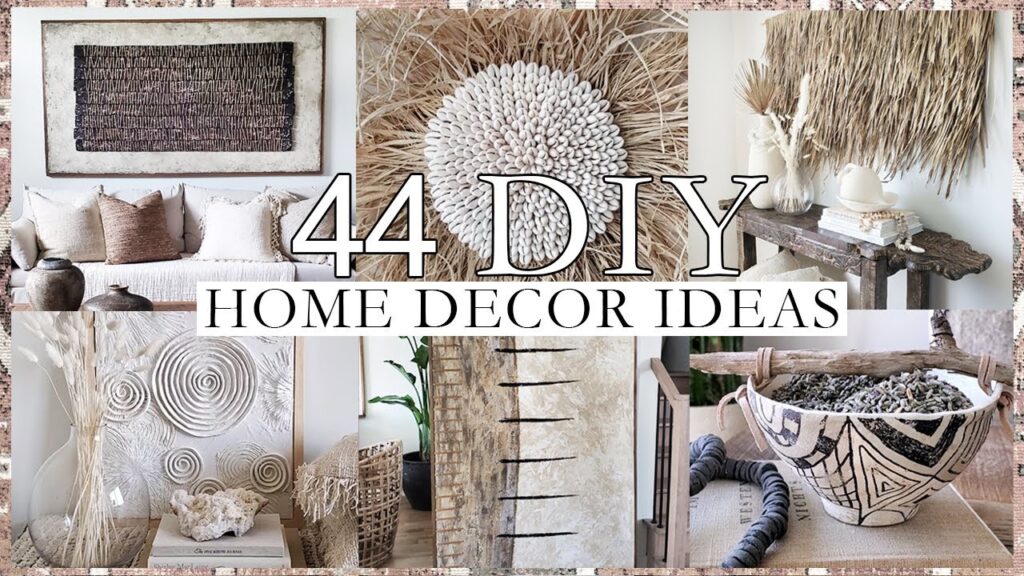
Personalization and Uniqueness
Tired of seeing the same generic decor in everyone’s homes? DIY allows you to create pieces that are truly unique and reflect your personal style. You can customize colors, patterns, sizes, and even materials to perfectly match your existing decor and create a cohesive look. Imagine having a piece of art that no one else in the world owns, or a set of throw pillows that perfectly complement your sofa. That’s the power of DIY!
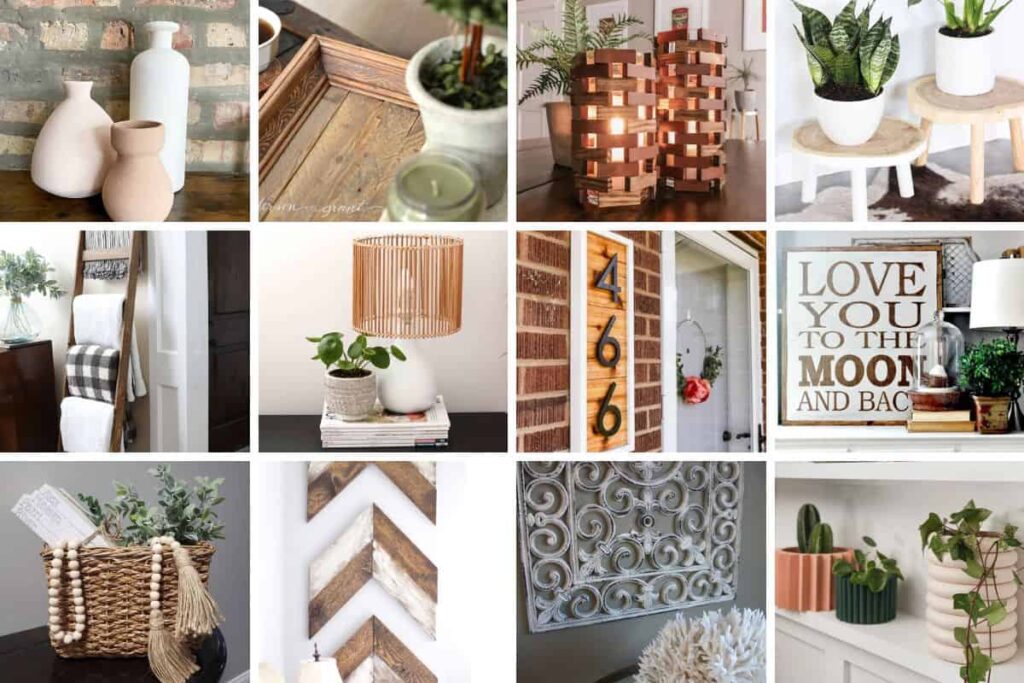
Sustainability and Eco-Friendliness
In today’s world, sustainability is more important than ever. DIY home decor offers a fantastic way to reduce your environmental impact. You can upcycle old furniture, repurpose materials that would otherwise end up in the landfill, and choose eco-friendly paints and finishes. By embracing DIY, you’re not only creating a beautiful home but also contributing to a more sustainable future.
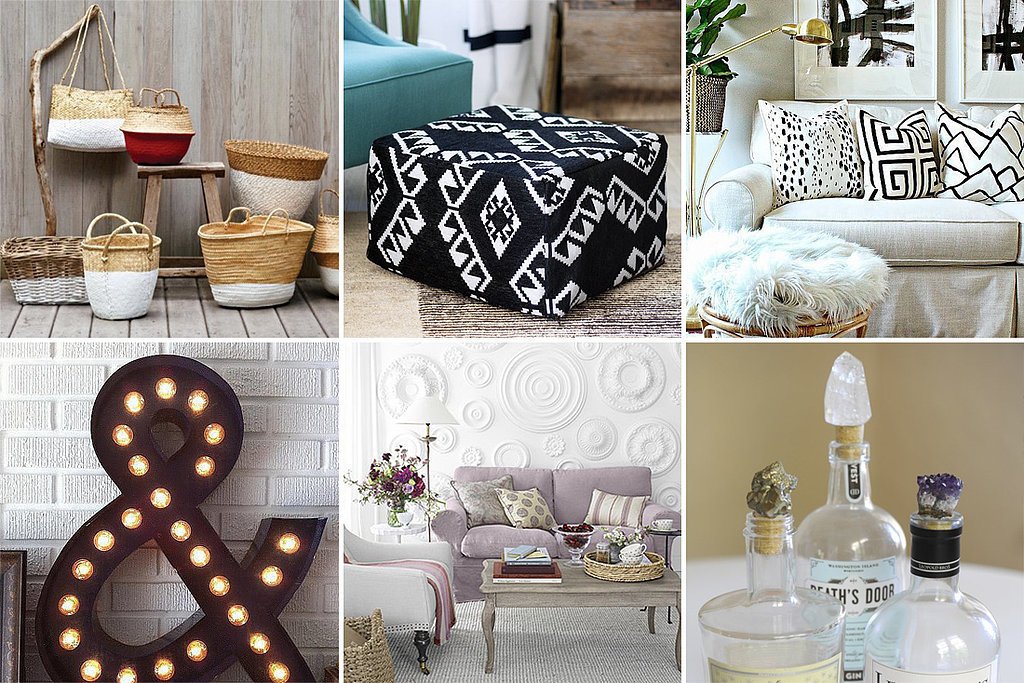
Therapeutic and Rewarding
Crafting can be incredibly therapeutic. It’s a way to relax, de-stress, and focus on something creative. The sense of accomplishment you feel after completing a DIY project is incredibly rewarding. You’ll not only have a beautiful piece of decor but also a sense of pride and satisfaction knowing that you created it yourself. It’s a fantastic way to boost your self-esteem and unleash your creativity.

Learning New Skills
DIY is a constant learning process. You’ll learn new skills, experiment with different techniques, and discover hidden talents you never knew you had. Whether it’s learning how to sew, paint, or work with wood, DIY provides opportunities to expand your knowledge and abilities. Plus, you’ll have a fun and engaging hobby that you can enjoy for years to come.
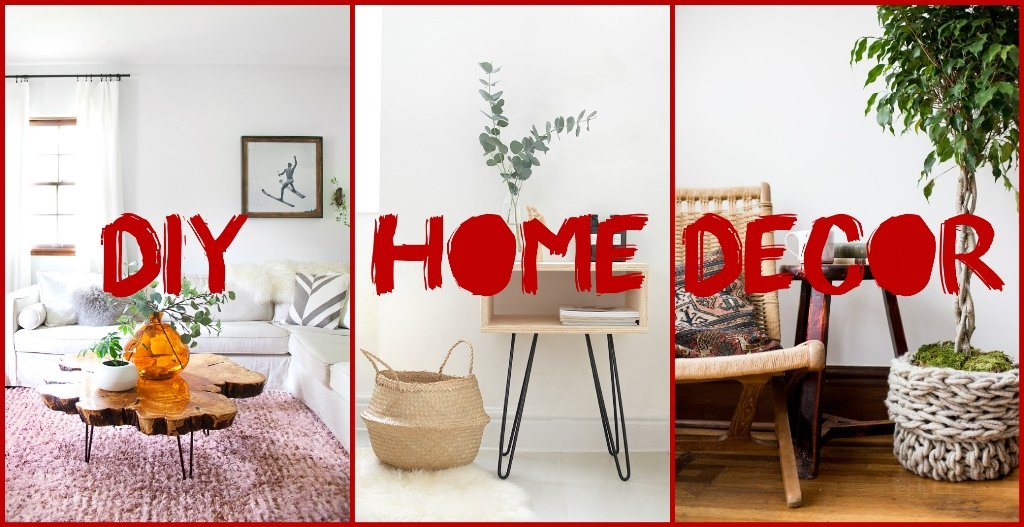
DIY Home Decor Ideas to Get You Started: From Beginner to Pro
Ready to unleash your inner artist? Here are some DIY home decor ideas to get you started, categorized by skill level:

Beginner-Friendly Projects: Easy and Fun!
- Painted Mason Jars: Transform ordinary mason jars into stylish vases, planters, or storage containers. Simply paint them in your favorite colors, add some embellishments like twine or ribbon, and you’re done!
- DIY Wall Art with Fabric Scraps: Frame fabric scraps in various patterns and colors to create a unique and eclectic gallery wall. This is a great way to use up leftover fabric from other projects.
- Decorated Candles: Add personality to plain candles with paint, glitter, ribbon, or even dried flowers. This is a quick and easy way to create a cozy and inviting atmosphere.
- String Art: Create geometric designs or simple images using nails and string on a wooden board. This is a fun and visually appealing project that requires minimal supplies.
- Personalized Throw Pillows: Use fabric markers or paint to decorate plain throw pillow covers. Add your initials, favorite quotes, or simple designs to create personalized accents for your sofa or bed.
Intermediate Projects: A Little More Challenge
- Reclaimed Wood Headboard: Create a rustic and stylish headboard using reclaimed wood planks. This project requires some basic woodworking skills but the results are stunning.
- DIY Macrame Wall Hanging: Learn the art of macrame and create a beautiful wall hanging to add texture and visual interest to your walls. There are tons of online tutorials to guide you through the process.
- Painted Dresser Makeover: Transform an old dresser with paint, new hardware, and a little creativity. This is a great way to upcycle a piece of furniture and give it a fresh new look.
- DIY Floating Shelves: Build simple floating shelves to display your favorite books, plants, or decorative items. This project requires some basic woodworking skills but the results are both functional and stylish.
- Handmade Curtains: Sew your own curtains using fabric in your favorite colors and patterns. This is a great way to customize your window treatments and create a unique look for your room.
Advanced Projects: For the Experienced Crafter
- DIY Upholstered Ottoman: Upholster an old ottoman with fabric and batting to create a comfortable and stylish footrest. This project requires some experience with upholstery techniques.
- Building a Coffee Table from Scratch: Design and build your own coffee table using wood, metal, or other materials. This project requires advanced woodworking skills and the ability to work with power tools.
- Creating a Mosaic Tabletop: Create a mosaic tabletop using tiles, glass, or other materials. This is a time-consuming but rewarding project that will result in a unique and eye-catching piece of furniture.
- DIY Room Divider: Build a custom room divider using wood, fabric, or other materials. This is a great way to create separate spaces within a larger room.
- Designing and Building a Bookshelf: Design and build a custom bookshelf to perfectly fit your space and storage needs. This project requires advanced woodworking skills and careful planning.
Materials and Tools You’ll Need: A DIY Starter Kit
Before you start your DIY journey, it’s important to gather the necessary materials and tools. Here’s a basic list to get you started:
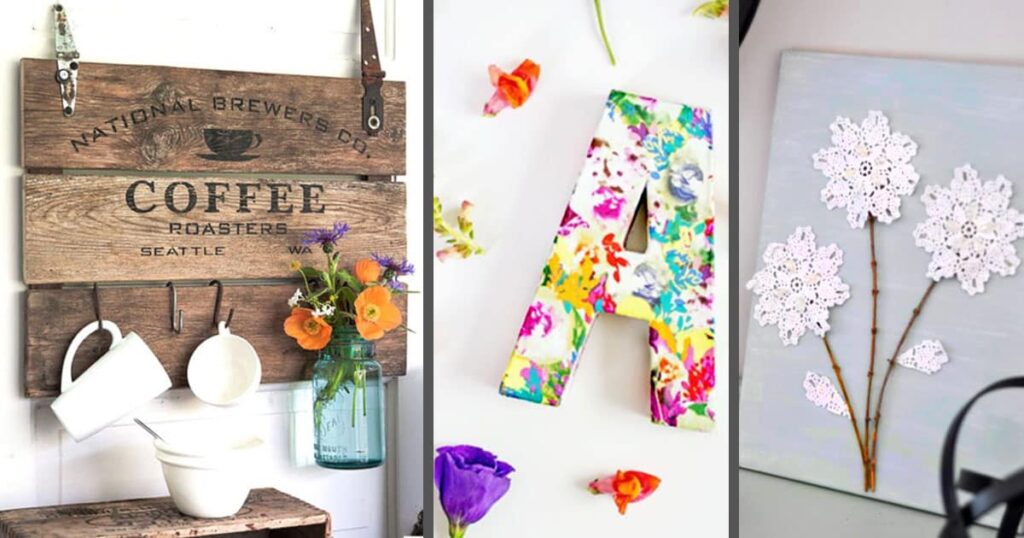
Essential Tools
- Measuring Tape: Crucial for accurate measurements and planning.
- Pencil: For marking and sketching designs.
- Scissors: For cutting fabric, paper, and other materials.
- Craft Knife: For more precise cutting and trimming.
- Hot Glue Gun: A versatile tool for bonding various materials.
- Paintbrushes: For applying paint, stain, and varnish.
- Sandpaper: For smoothing surfaces and preparing them for painting.
- Hammer: For driving nails and other fasteners.
- Screwdriver Set: For assembling furniture and other projects.
- Drill: For drilling holes and driving screws (consider a cordless drill for convenience).
- Safety Glasses: Protect your eyes from flying debris.
- Work Gloves: Protect your hands from cuts, scrapes, and chemicals.
Basic Materials
- Wood: Plywood, pine, and reclaimed wood are popular choices.
- Fabric: Cotton, linen, and burlap are versatile options.
- Paint: Choose the right type of paint for your project (e.g., acrylic, latex, enamel).
- Glue: Wood glue, fabric glue, and craft glue are essential.
- Nails and Screws: For fastening materials together.
- Sandpaper: Different grits for various sanding needs.
- Varnish or Sealer: To protect your finished projects.
- Embellishments: Buttons, beads, ribbons, and other decorative items.
Tips and Tricks for Successful DIY Home Decor
Here are some tips and tricks to help you achieve DIY success:
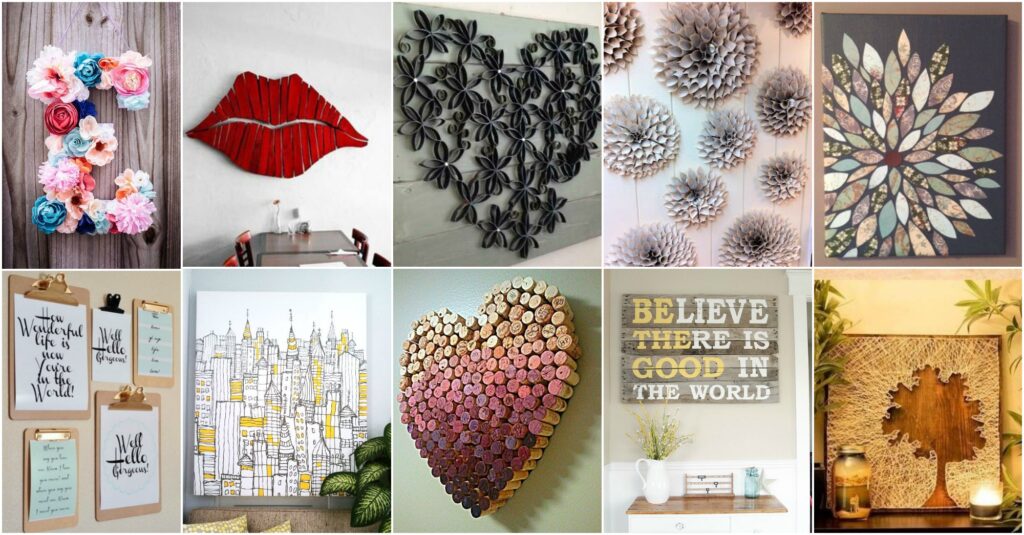
Plan Ahead
Before you start any project, take the time to plan it out carefully. Sketch your design, gather your materials, and read through the instructions thoroughly. This will help you avoid mistakes and ensure a smooth crafting process.
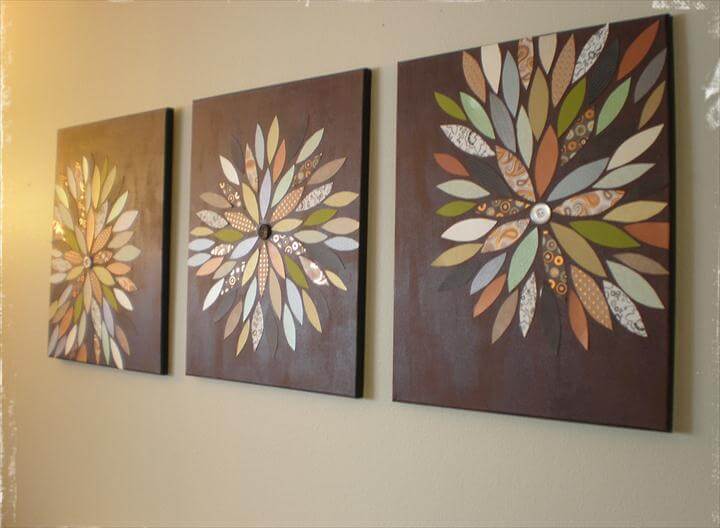
Start Small
If you’re a beginner, start with simple projects that require minimal skills and materials. As you gain confidence and experience, you can gradually tackle more challenging projects.
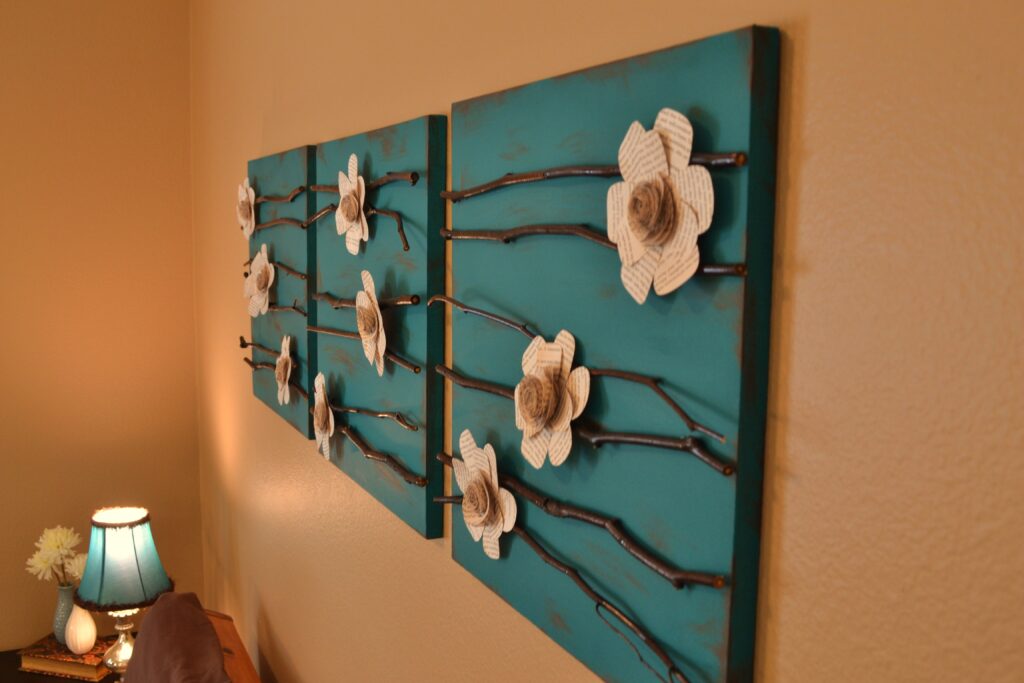
Don’t Be Afraid to Experiment
DIY is all about experimentation. Don’t be afraid to try new techniques, mix different materials, and let your creativity flow. You might be surprised at what you can create!
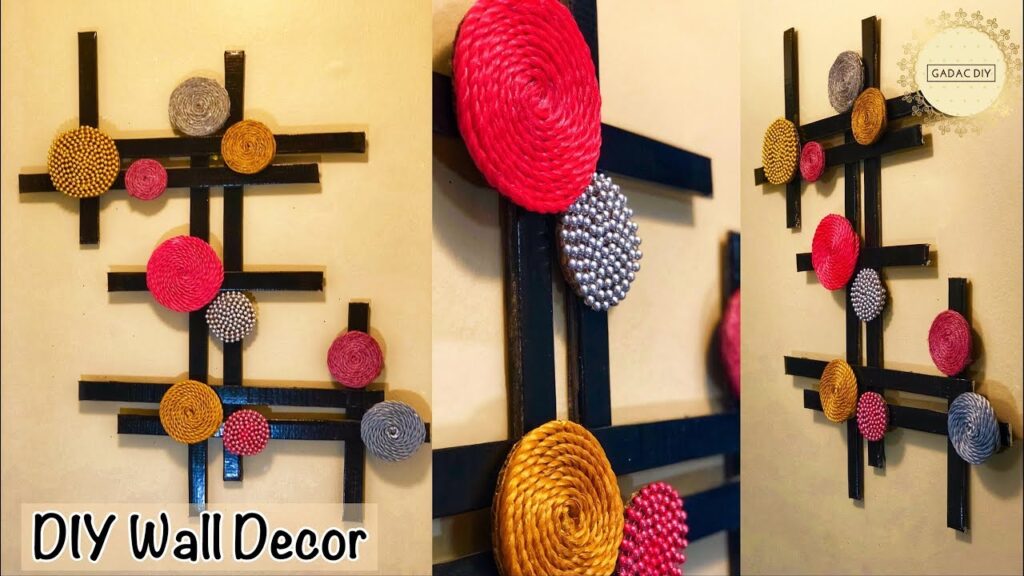
Embrace Imperfection
Perfection is the enemy of progress. Don’t strive for absolute perfection in your DIY projects. Embrace the imperfections and appreciate the unique character they add to your creations. After all, they’re handmade with love!
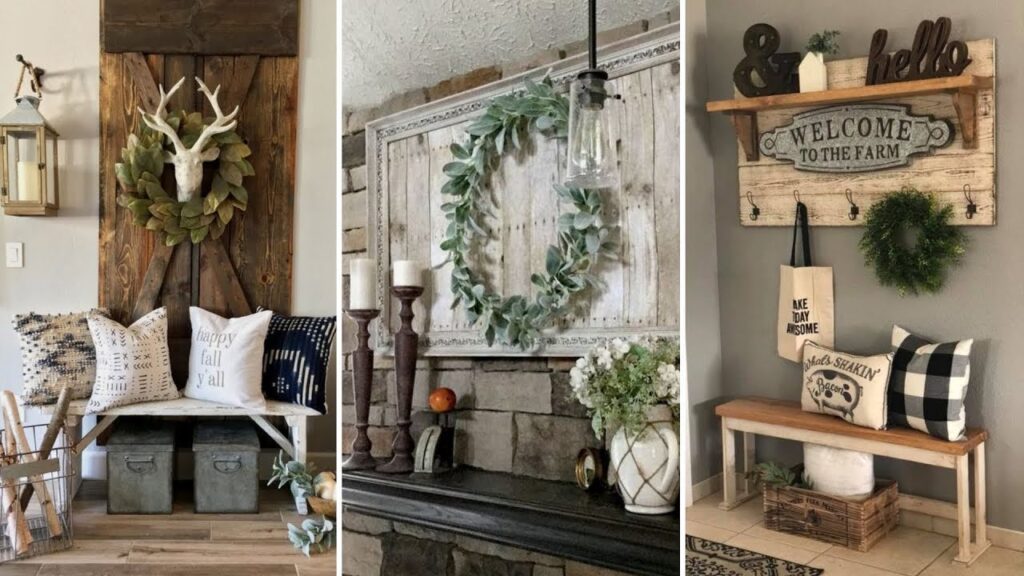
Repurpose and Upcycle
Look around your home for items that you can repurpose or upcycle. Old furniture, glass jars, and even cardboard boxes can be transformed into beautiful and functional pieces of decor. This is a great way to save money and reduce waste.
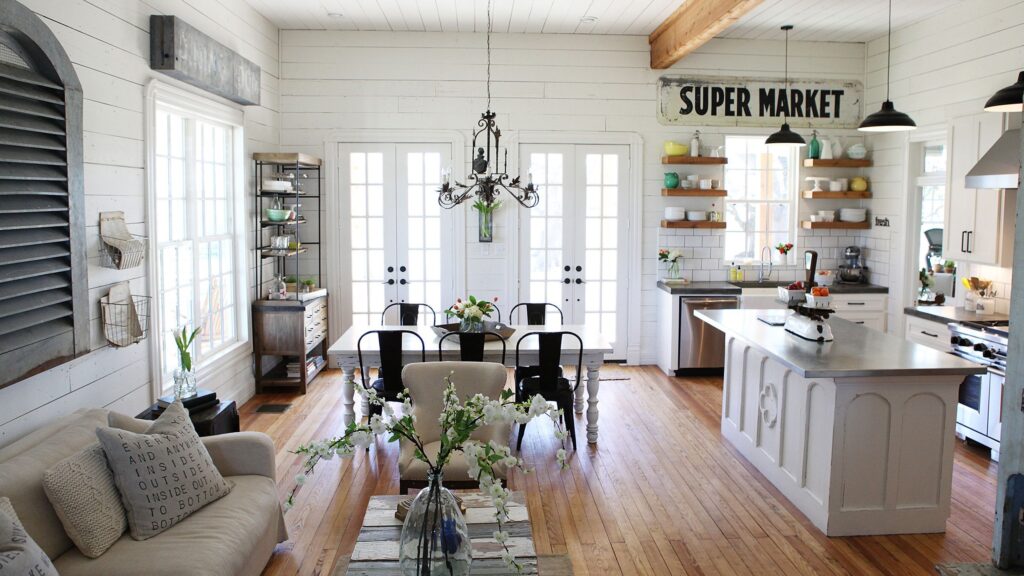
Find Inspiration Everywhere
Inspiration can be found everywhere you look – in nature, in magazines, in online tutorials, and even in your own imagination. Collect ideas, save images, and create a mood board to help you visualize your projects.
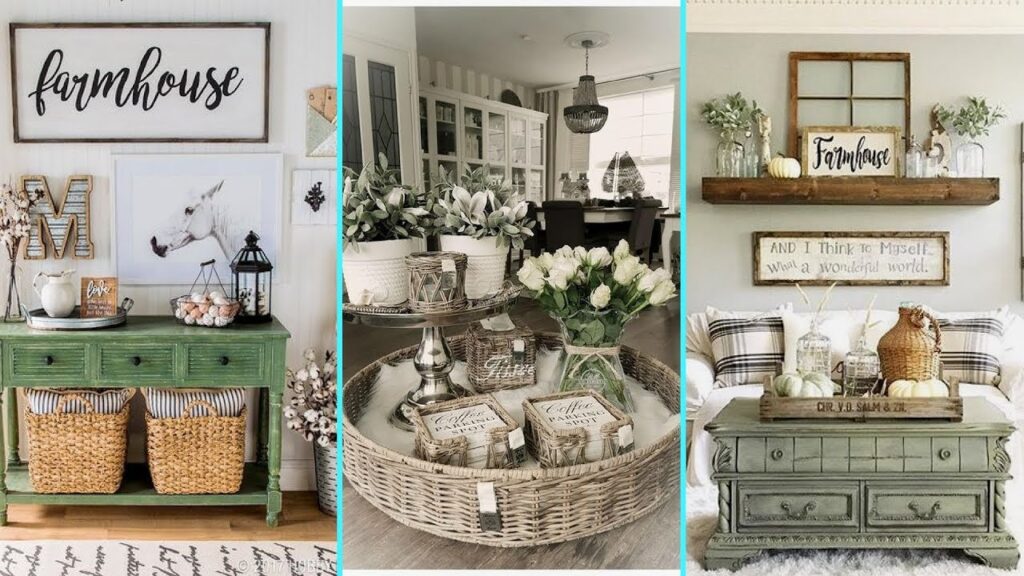
Join a DIY Community
Connect with other DIY enthusiasts online or in your local community. Share your projects, ask for advice, and learn from others. A supportive community can provide encouragement and inspiration.
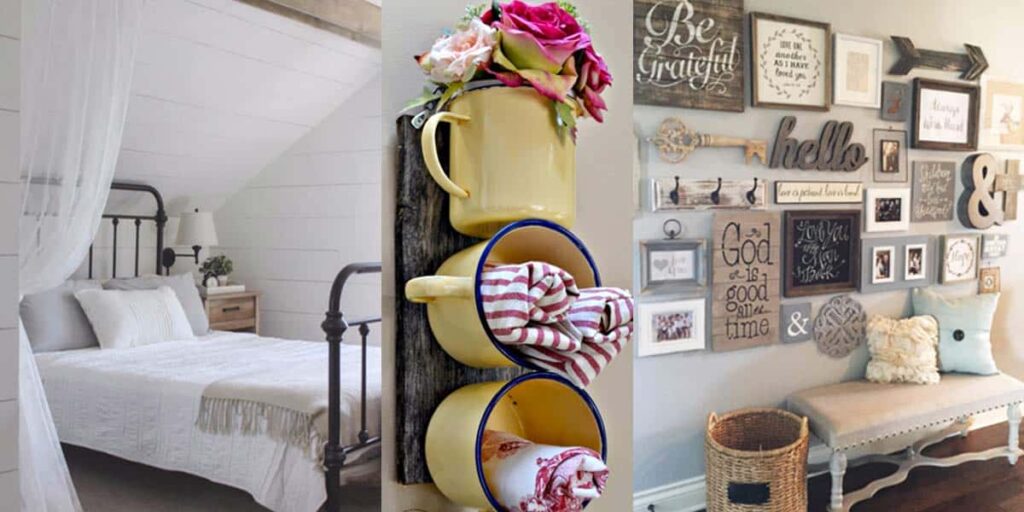
Practice Makes Perfect
The more you practice, the better you’ll become at DIY. Don’t get discouraged if your first few projects don’t turn out exactly as planned. Keep practicing and you’ll eventually master the skills you need to create beautiful and unique home decor.

Invest in Quality Tools
While you don’t need to buy the most expensive tools, it’s worth investing in good-quality tools that will last. This will make your DIY projects easier and more enjoyable. Look for durable tools with comfortable grips and ergonomic designs.
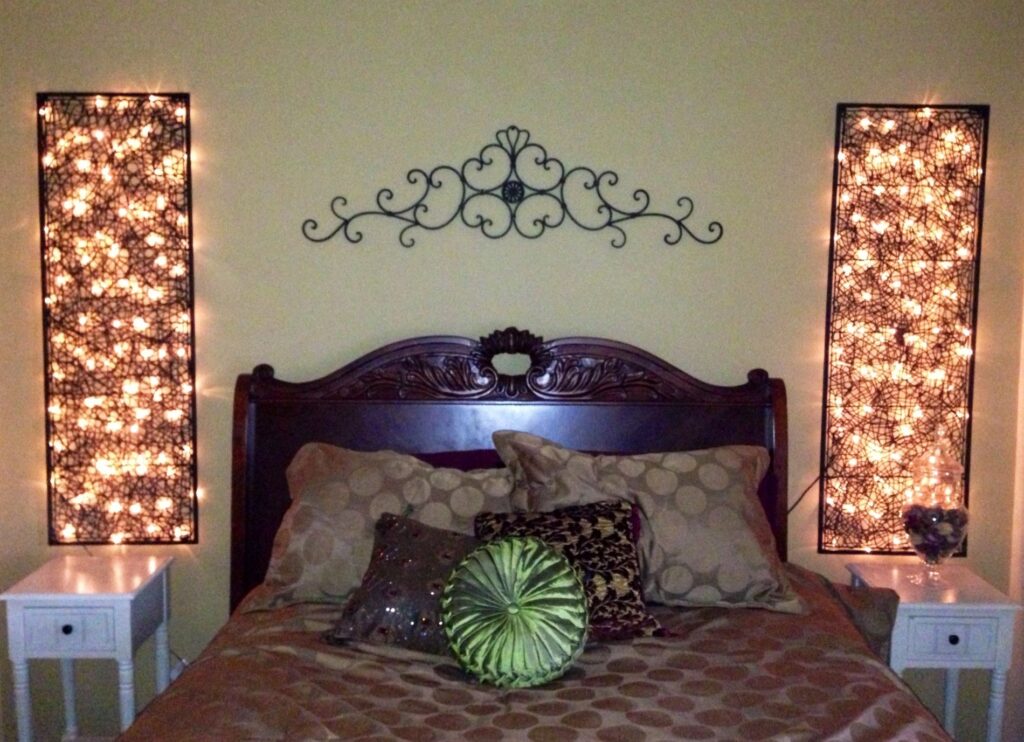
Take Breaks
DIY can be tiring, especially for larger projects. Be sure to take breaks to stretch, rest your eyes, and recharge your batteries. This will help you stay focused and avoid burnout.
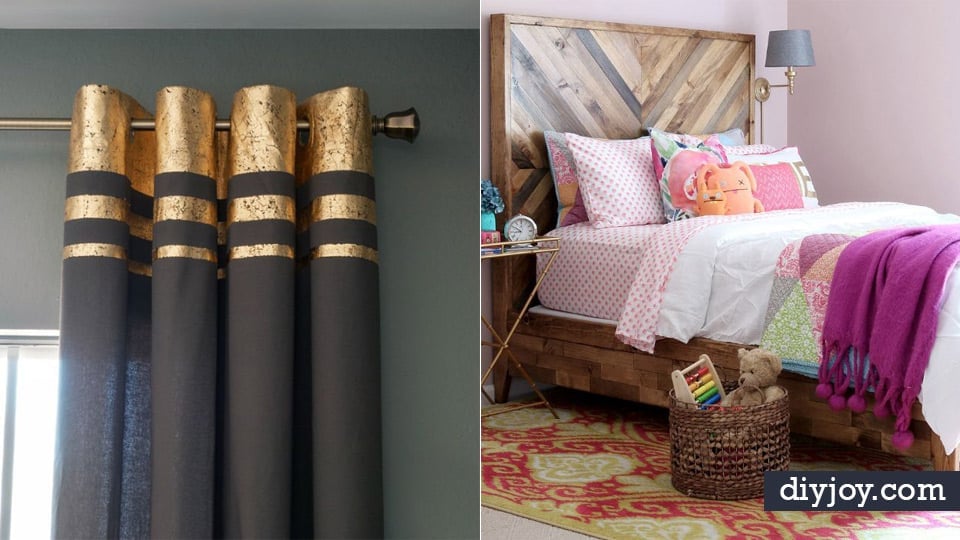
Where to Find Inspiration and Resources
Need a little inspiration to kickstart your DIY journey? Here are some fantastic resources to explore:

- Pinterest: A visual discovery engine filled with countless DIY ideas, tutorials, and inspiration photos.
- Instagram: Follow DIY bloggers and home decor accounts for daily inspiration and project ideas.
- YouTube: Watch video tutorials for step-by-step instructions on various DIY projects.
- Blogs: Many talented DIY bloggers share their projects, tips, and tutorials online. Search for DIY blogs in your niche of interest (e.g., woodworking, sewing, upcycling).
- Books: Explore books on DIY home decor for in-depth instructions and project ideas.
- Craft Stores: Browse the aisles of your local craft store for materials, inspiration, and project kits.
- Thrift Stores: Find unique and affordable materials at thrift stores and flea markets.
- Online Forums: Participate in online DIY forums to ask questions, share your projects, and connect with other crafters.
Safety First: Protecting Yourself During DIY Projects
Safety should always be your top priority when working on DIY projects. Here are some essential safety tips to keep in mind:
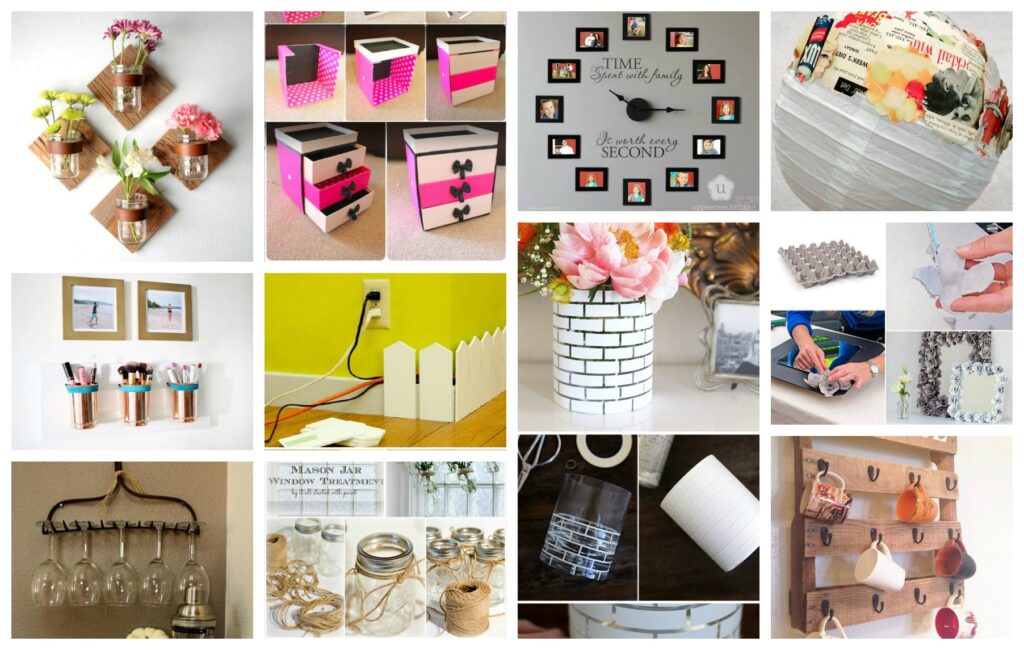
- Wear Safety Glasses: Protect your eyes from flying debris when working with power tools or cutting materials.
- Wear Work Gloves: Protect your hands from cuts, scrapes, and chemicals.
- Use Proper Ventilation: Work in a well-ventilated area when using paints, stains, or adhesives.
- Read Instructions Carefully: Always read and follow the instructions for all tools and materials.
- Use Power Tools Safely: Follow all safety precautions when using power tools, including wearing hearing protection and using safety guards.
- Be Aware of Your Surroundings: Keep your work area clean and free of clutter to prevent accidents.
- Store Materials Properly: Store paints, chemicals, and other hazardous materials in a safe and secure place, away from children and pets.
- Know Your Limits: Don’t attempt projects that are beyond your skill level or physical capabilities.
- First Aid Kit: Keep a well-stocked first aid kit nearby in case of minor injuries.
Beyond the Basics: Taking Your DIY Skills to the Next Level
Once you’ve mastered the basics, you can explore more advanced techniques and materials to take your DIY skills to the next level. Consider learning about:
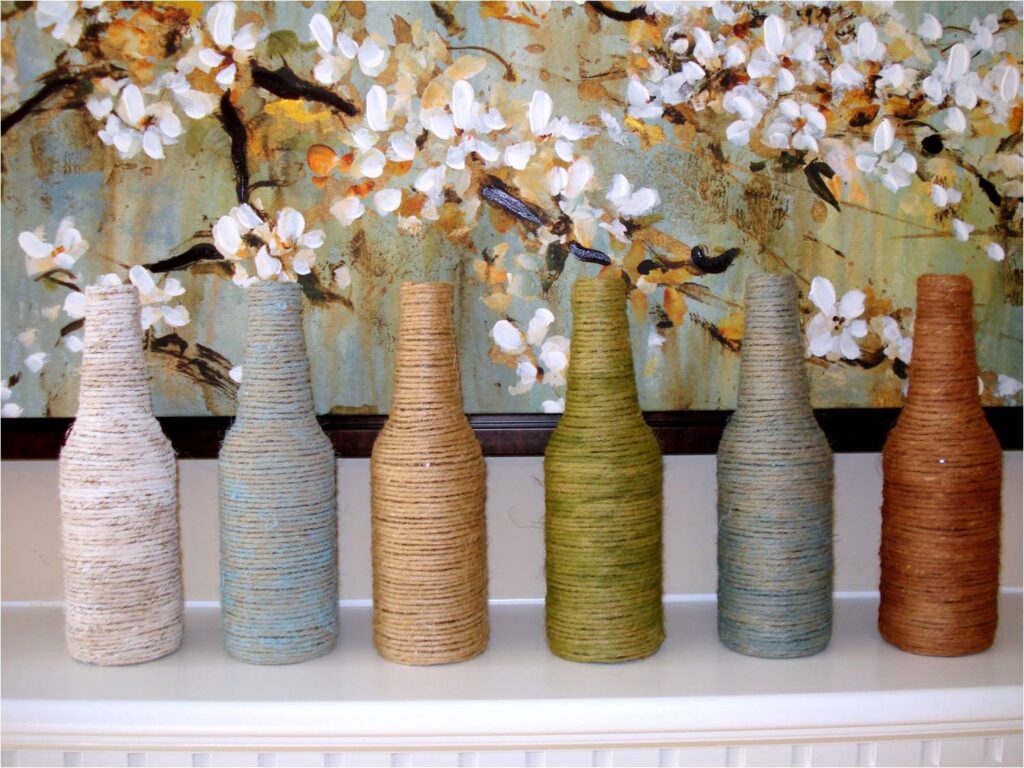
- Woodworking: Learn about different types of wood, joinery techniques, and finishing methods.
- Upholstery: Learn how to reupholster furniture, make custom cushions, and create decorative accents.
- Sewing: Learn how to sew curtains, pillows, and other soft furnishings.
- Pottery: Learn how to create your own unique pottery pieces.
- Metalworking: Learn how to work with metal to create sculptures, furniture, and other decorative items.
Conclusion: Create a Home You Love
DIY home decor is a rewarding and fulfilling way to create a home that truly reflects your personality and style. It’s a chance to express your creativity, save money, and contribute to a more sustainable lifestyle. So, embrace the challenge, unleash your inner artist, and start creating a home you love!
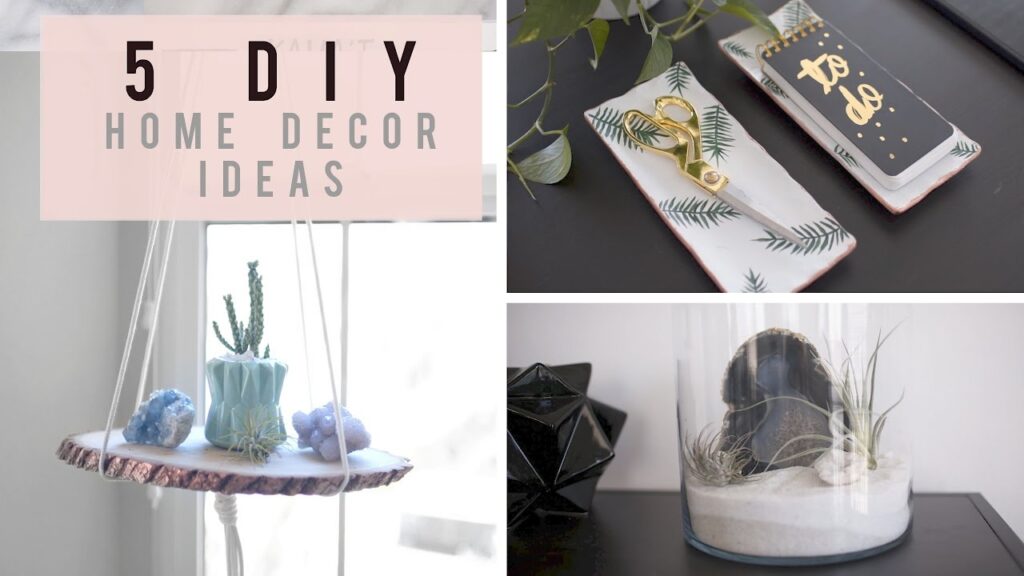
Remember, the most important thing is to have fun and enjoy the process. Don’t be afraid to experiment, make mistakes, and learn from your experiences. With a little practice and creativity, you can transform your living space into a beautiful and inspiring haven.
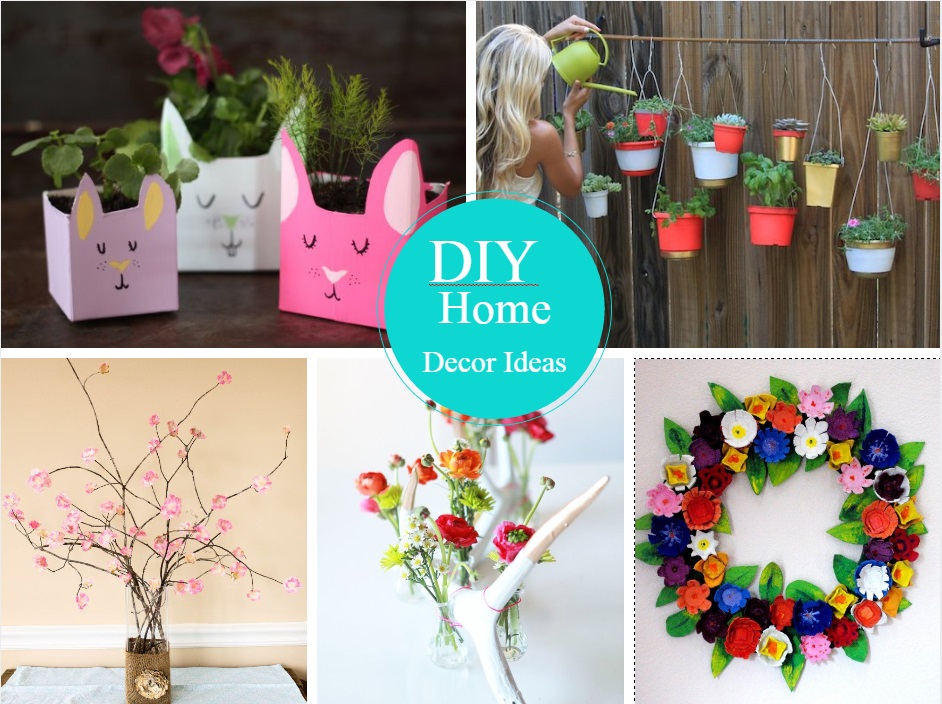
 Nimila
Nimila
